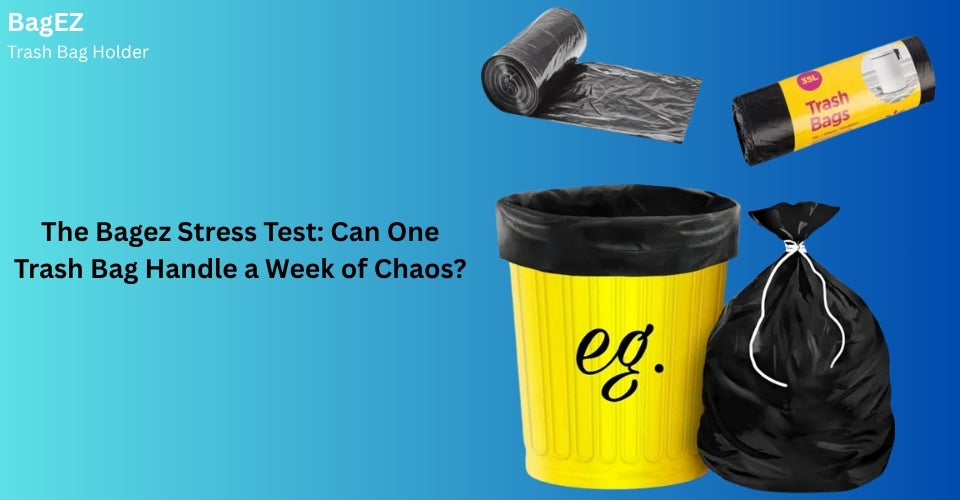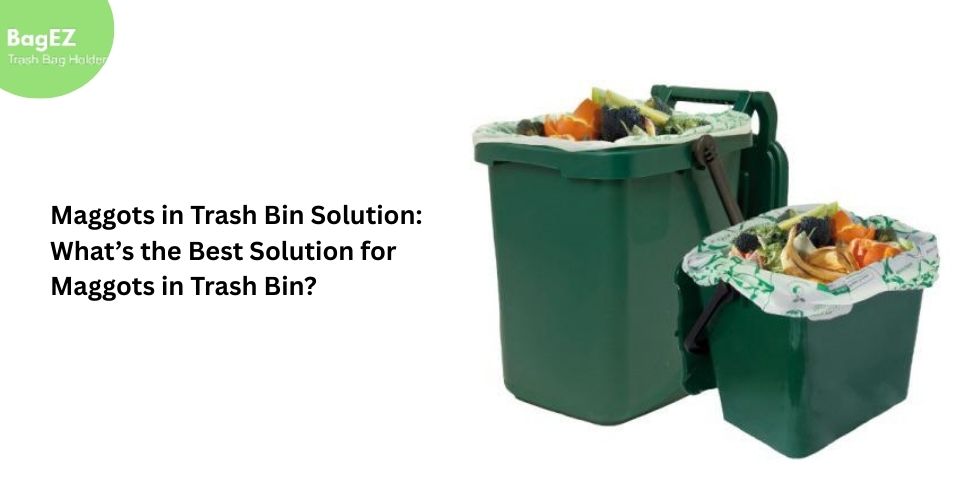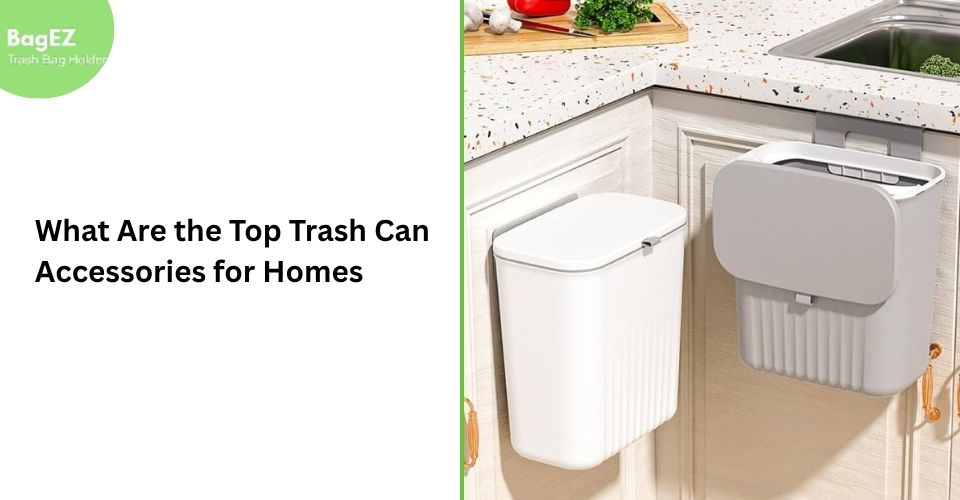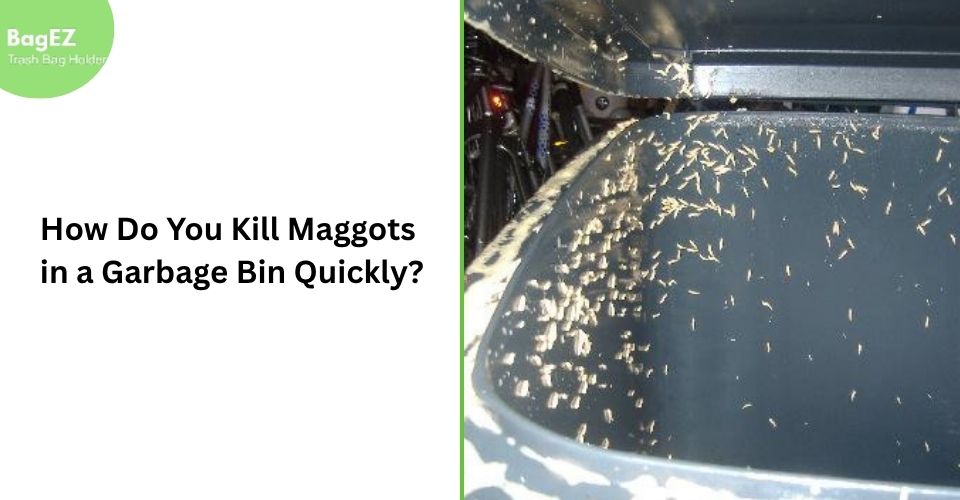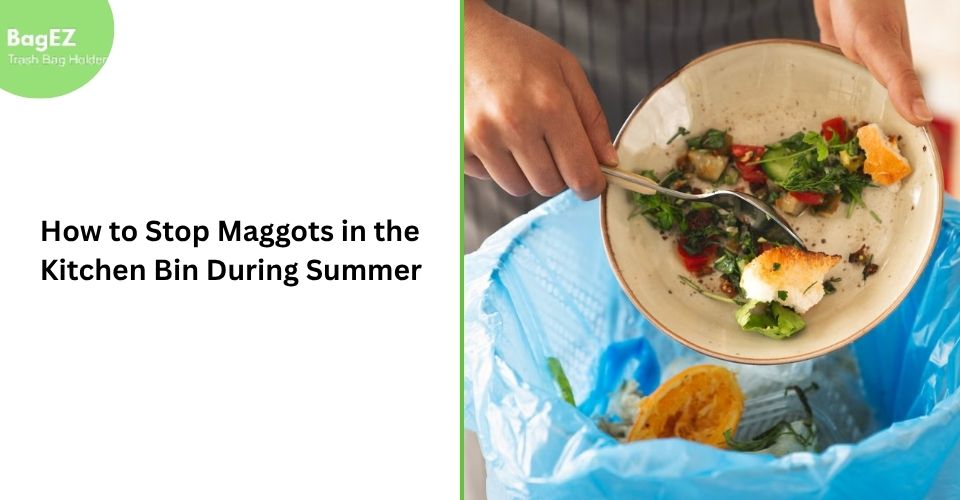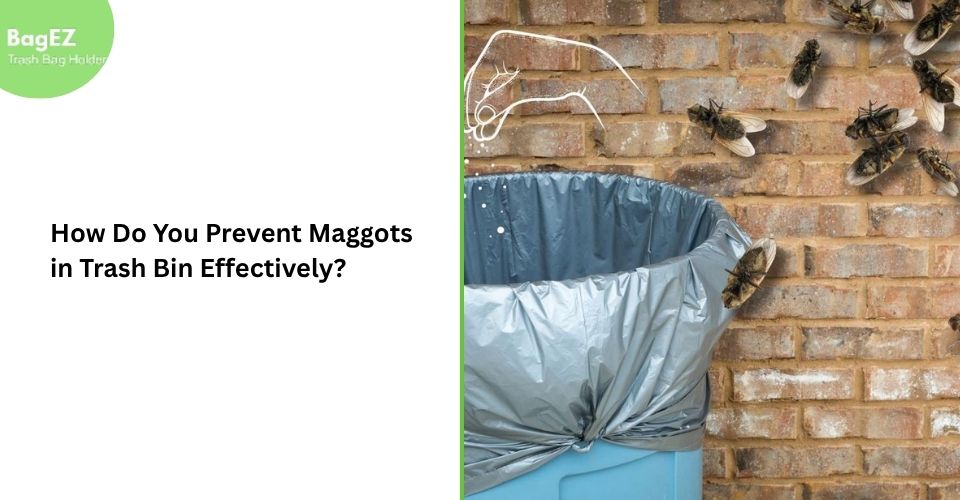Every family has had the disappointment of a trash bag letting go at the most inopportune time: leakage, rupture, or smell at the most unpredictable time. The decent trash bag is under more pressure than ever before as it is forced to manage work between the families full left schedules, remote work, and weekend projects.
In a bid to determine which one premium solution can survive a week of actual world abuse, Bagez was test driven. This stress test recreates conditions equivalent to regular kitchen trash to intense lawn materials, capacity, durability and odor control. Towards the end, you will be able to tell whether Bagez delivers on its promise or breaks down under pressure.
Test Methodology
We conducted our experimental test carried out in a common family house, over a period of seven days. The bag that was used the day before was replaced with a new one every morning on a different 13-gallon bin branded Bagez. To emulate the different types of waste we modelled and designed six test scenarios:
Food Scraps and Wastes in Kitchen

We tested the resistance to humidity and odor control and disposed fruit peels, coffee grounds, and leftover meals.
Hygiene and Bathroom products
Items that were used perforated the bag were used tissues, cotton swabs, and small hygiene products which are relatively hard on the bag.
Home Office Waste and Paper Waste
Torn documents, wrappings, and scrapped stationery materials were tested on the capacity and a tear strength.
Maker and DIY Waste
The capability of the bag to withstand sharp edges was evaluated by bits of plaster and small wood offcuts as well as pieces of tape.
Yard Trimmings
Twigs, grass clothings, and small sizes of branches were assessed on load-easing capacity and extensibility.
Mixed Heavy Duty Load
On the last day, we put all the other types of waste together and placed some bottled containers with liquids in that thing to extend the bag to the fullest.
Each bag remained in place for 24 hours, after which we recorded any leaks, tears, or noticeable odors. We also weighed each full bag to gauge capacity utilization before safely disposing of it.
Test Scenarios and Observations
Day one’s kitchen waste revealed that Bagez liners contained moisture effectively, with no leaks despite wet coffee grounds. A faint odor emerged when the bag sat for a full day, but remained contained within the liner. The second day’s bathroom items—sharp plastic tubes and used tissues—tested puncture resistance. Bagez held firm with no visible holes, surpassing our expectations for a standard liner.
Midweek, the home office test pushed the bag’s expansion. Shredded paper and bulky packaging filled the bin to near capacity. We observed slight bulging but no seam splits. This confirmed Bagez’s claim of high-stretch capability. The craft debris on day four introduced rough plaster edges and tape scraps. Despite these puncture hazards, the liner showed only minor surface abrasions—no full-thickness tears.
Day five’s yard trimmings added irregularly shaped materials that often create pressure points. Branch ends poked gently against the bag walls without penetration. While stretch was evident as the bag expanded around the branches, the material rebounded to its original fit once removed. The final heavy-duty test combined all waste types plus water bottles to push both weight and juice content. Tipping the bin by hand elicited no breaks; however, when lifting by the handles alone, one handle seam began to fray, suggesting caution when hoisting a fully loaded liner.
Results Summary
Overall, Bagez liners surpassed standard expectations in five of six scenarios. The only minor failure occurred under extreme loading on day seven, when handle integrity showed wear. Despite this, no waste escaped the liner during transport, and the bag held its shape until placed into the outdoor bin. Odor control remained strong throughout, thanks to Bagez’s thick, odor-resistant film.
Durability Comparison
|
Feature |
Bagez Trash Bags |
Standard Grocery Bag Liners |
Competitor “Heavy-Duty” Bags |
|
Thickness (mil) |
1.2 |
0.7 |
1.0 |
|
Puncture Resistance |
Excellent (no punctures) |
Poor (3 tears) |
Good (1 tear) |
|
Stretch Capacity |
High (expanded 40% without split) |
Low (split at 20% expansion) |
Medium (30% expansion) |
|
Odor Control |
Strong for 24+ hours |
Weak after 8 hours |
Moderate, slight leakage after 12h |
|
Handle Strength |
Very good (minor fray under extreme load) |
Weak (handles tore) |
Good (handles intact) |
Practical Recommendations
Based on our week-long trial, we recommend the following best practices to maximize your trash bag performance:
● Use Bagez liners for daily kitchen and household waste to benefit from superior odor control.
● Avoid lifting fully loaded heavy-duty waste by the bag handles alone; instead, support the bottom for bulkier loads.
● Reserve standard liners for light-duty applications, such as paper-only bins, to reduce costs.
● Combine Bagez with double-bagging only when disposing of sharp construction debris or glass to ensure extra protection.
Adopting these habits will help you get the most out of your liners, prevent mid-week emergencies, and keep your home fresh and clean under any circumstances.
Not all trash bags are created equal, and our stress test confirmed that Bagez offers a winning combination of durability, stretchability, and odor resistance. Withstanding six distinct waste scenarios and only showing minor wear in the most extreme conditions, Bagez proved itself capable of handling a week of household chaos. If you’re tired of leaks, tears, and lingering smells, upgrading to Bagez liners will give you peace of mind—and a tidier home—day after day.

